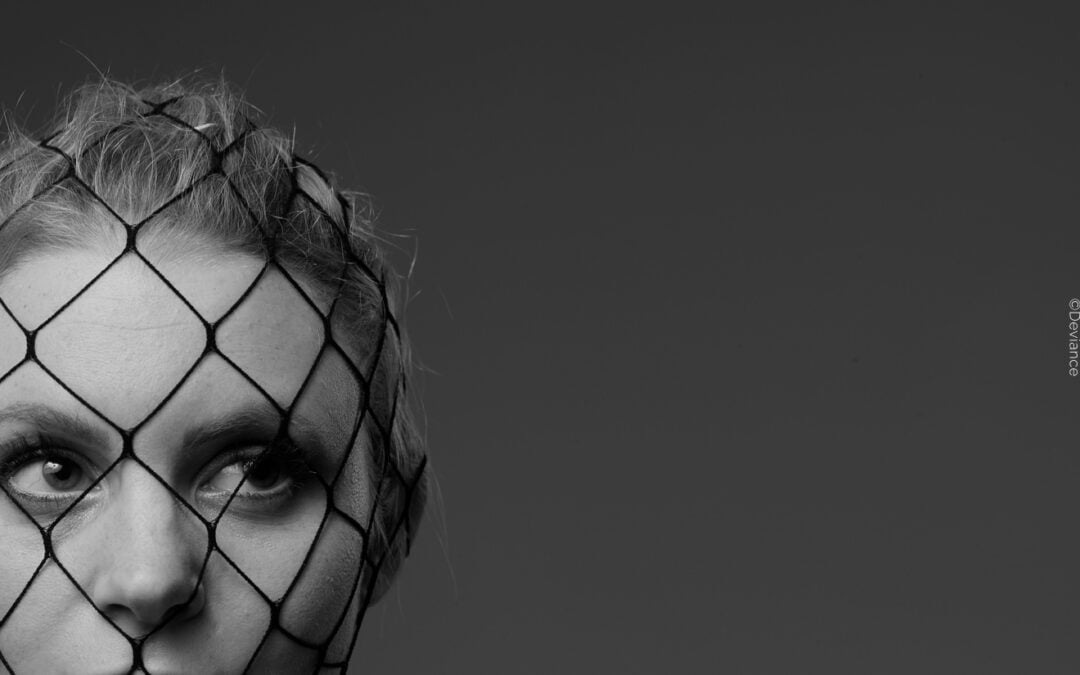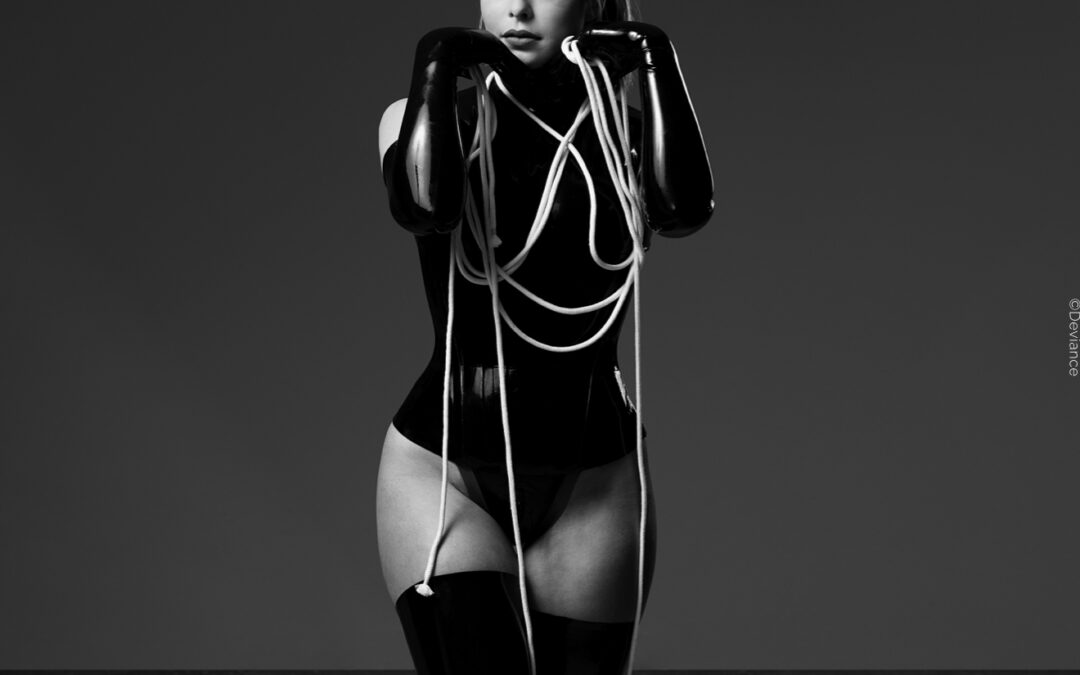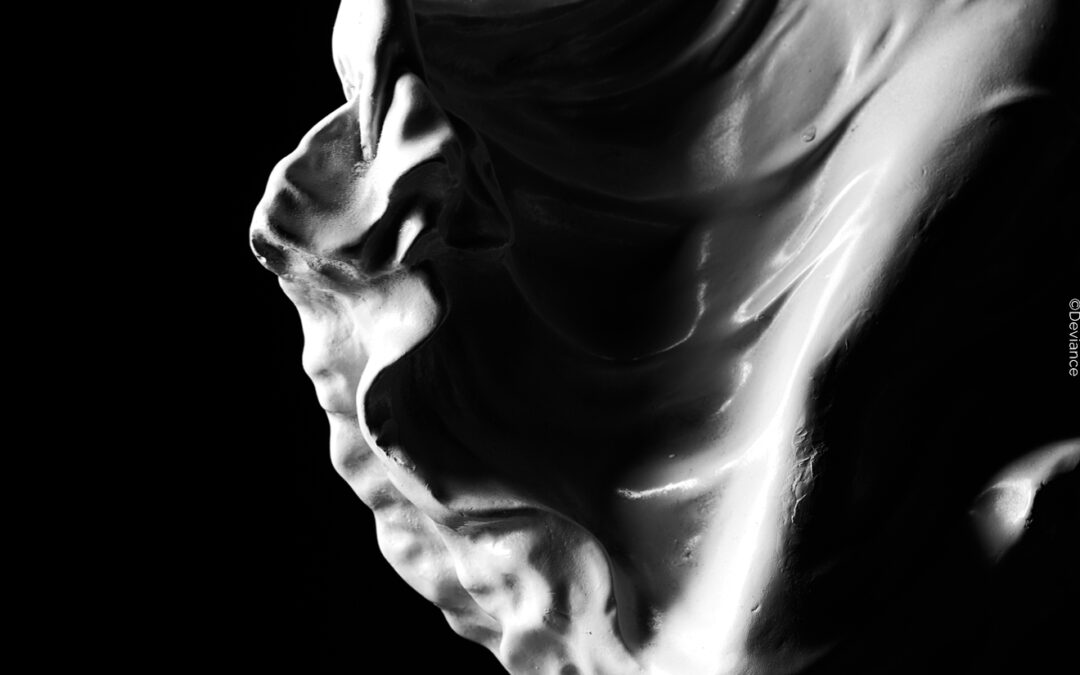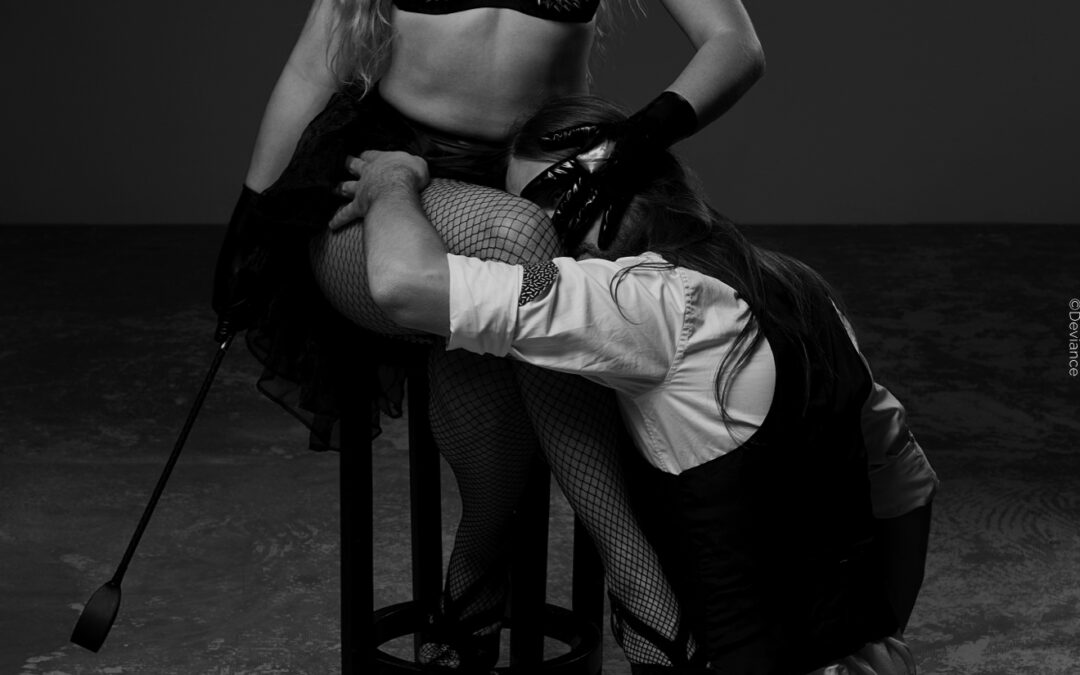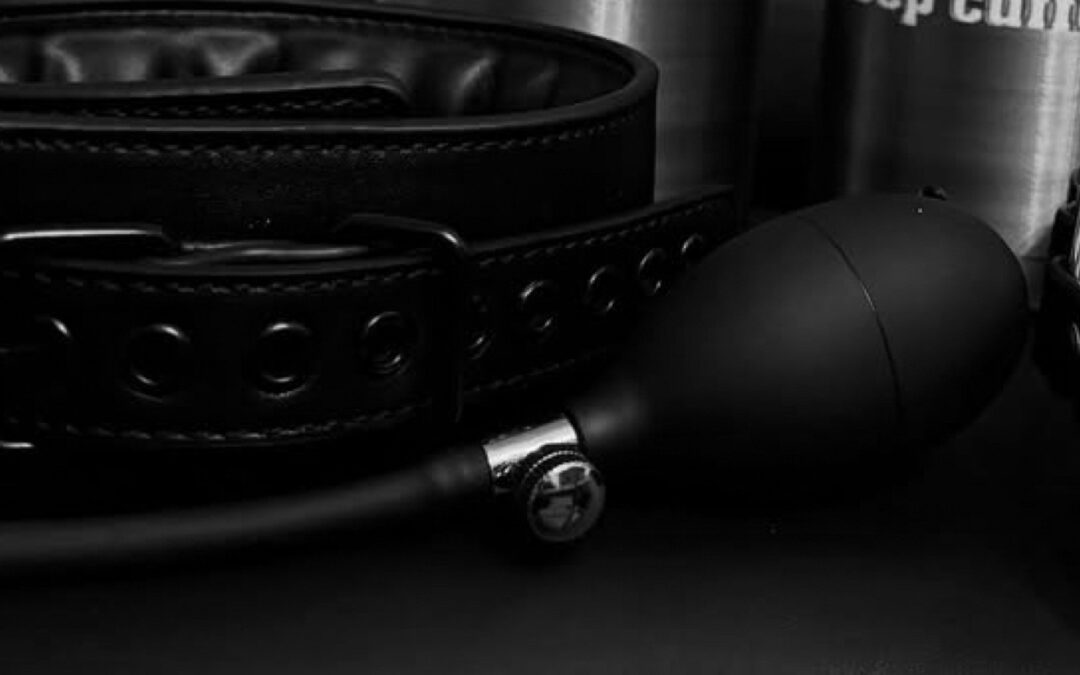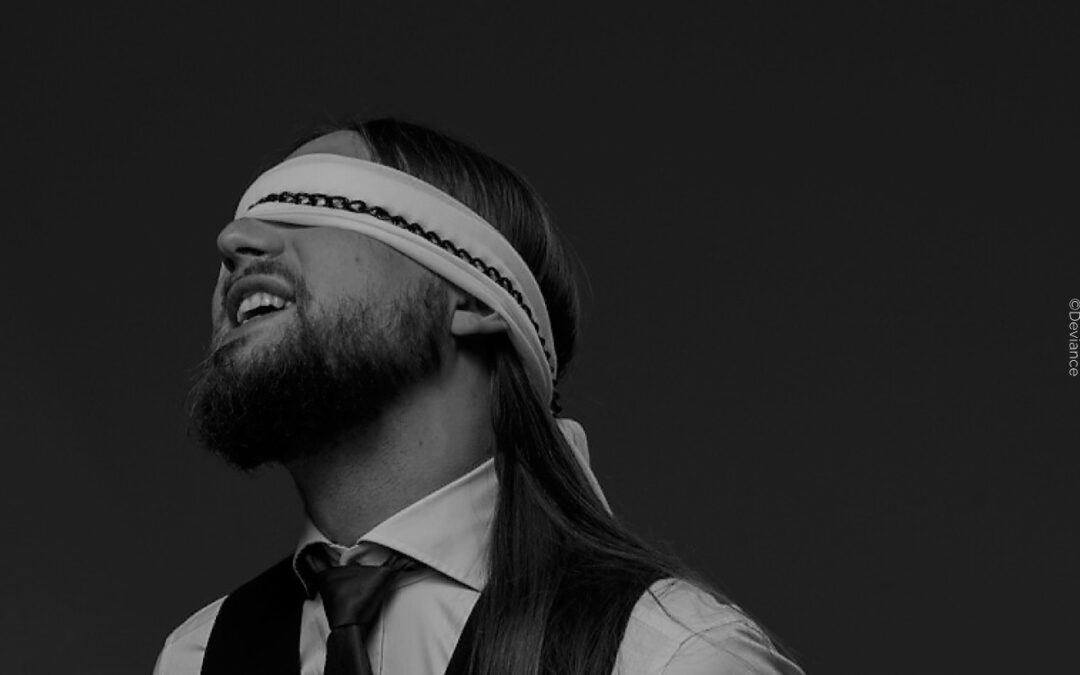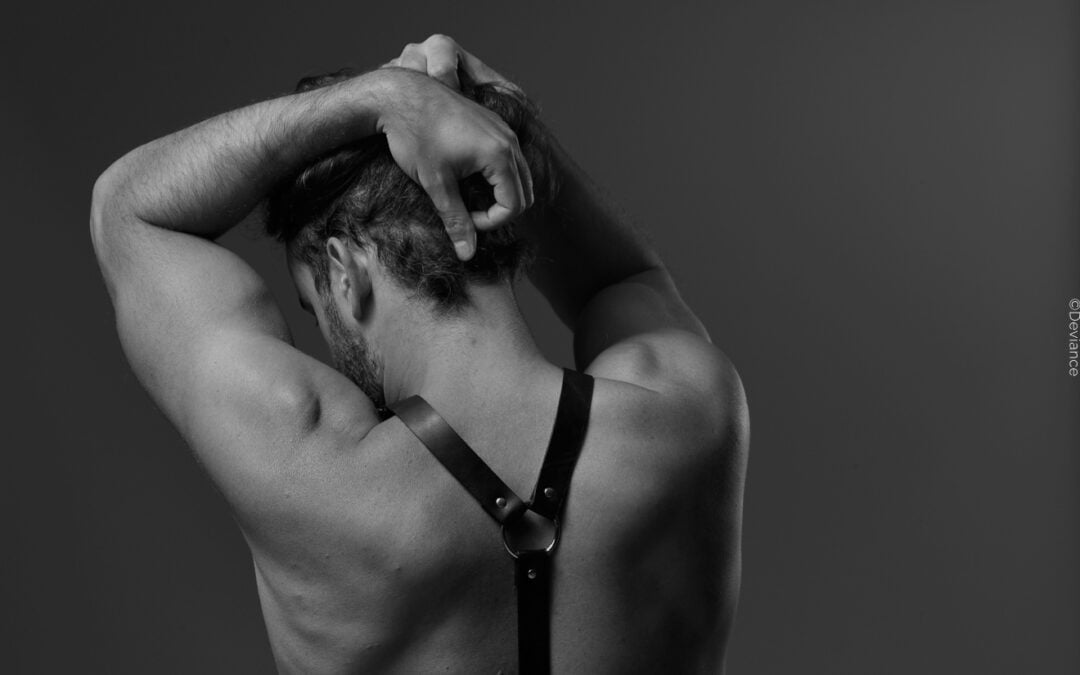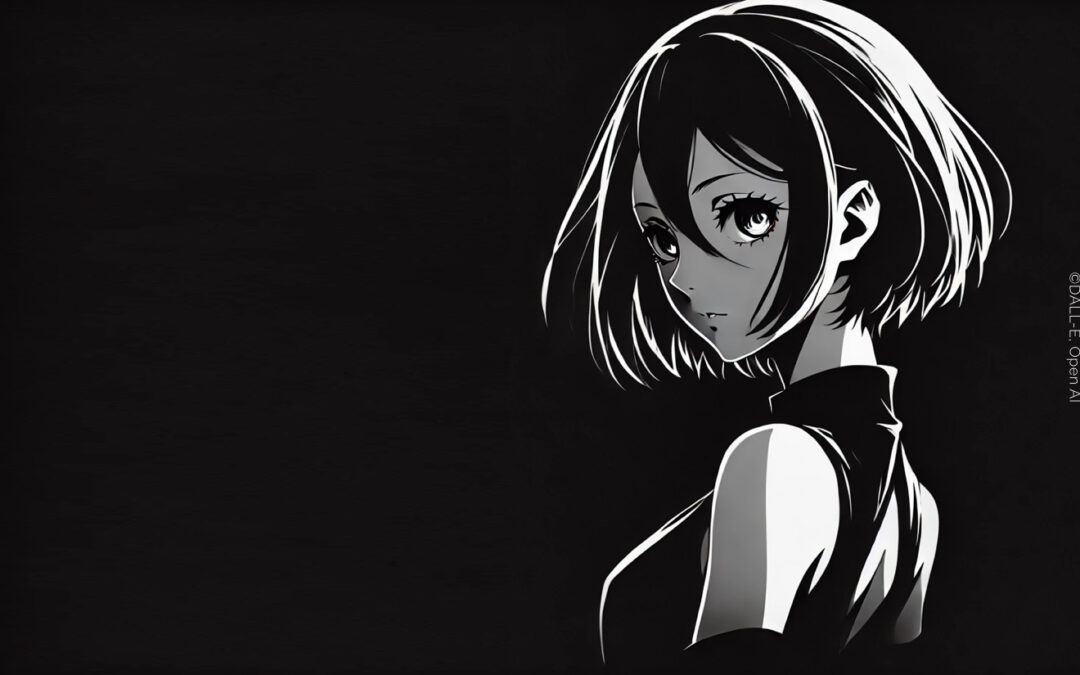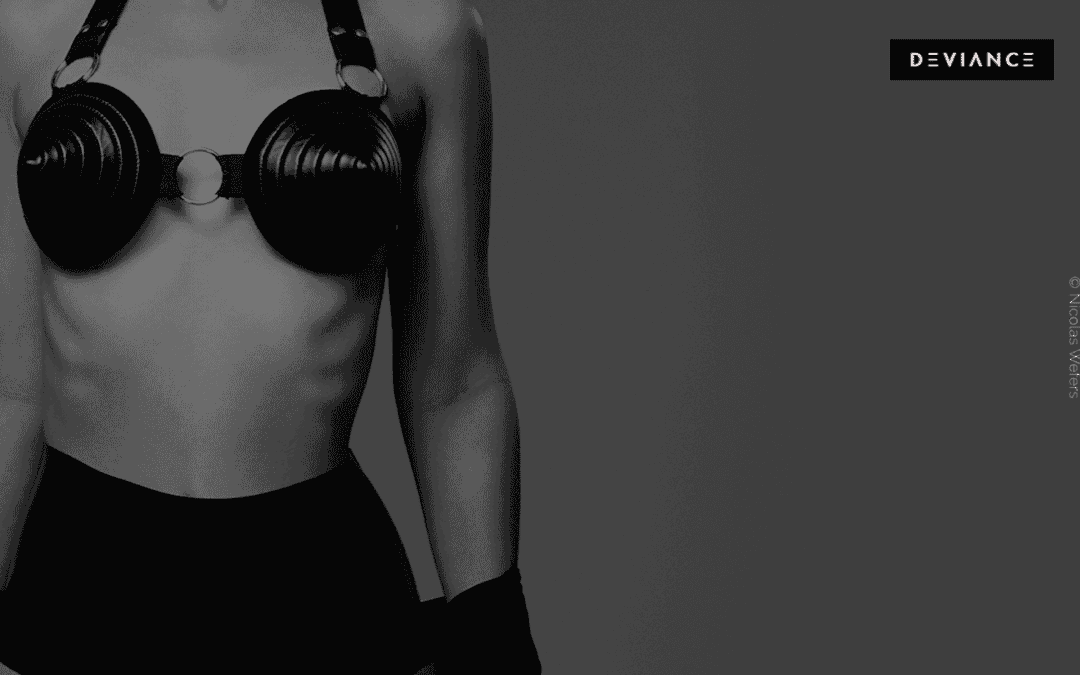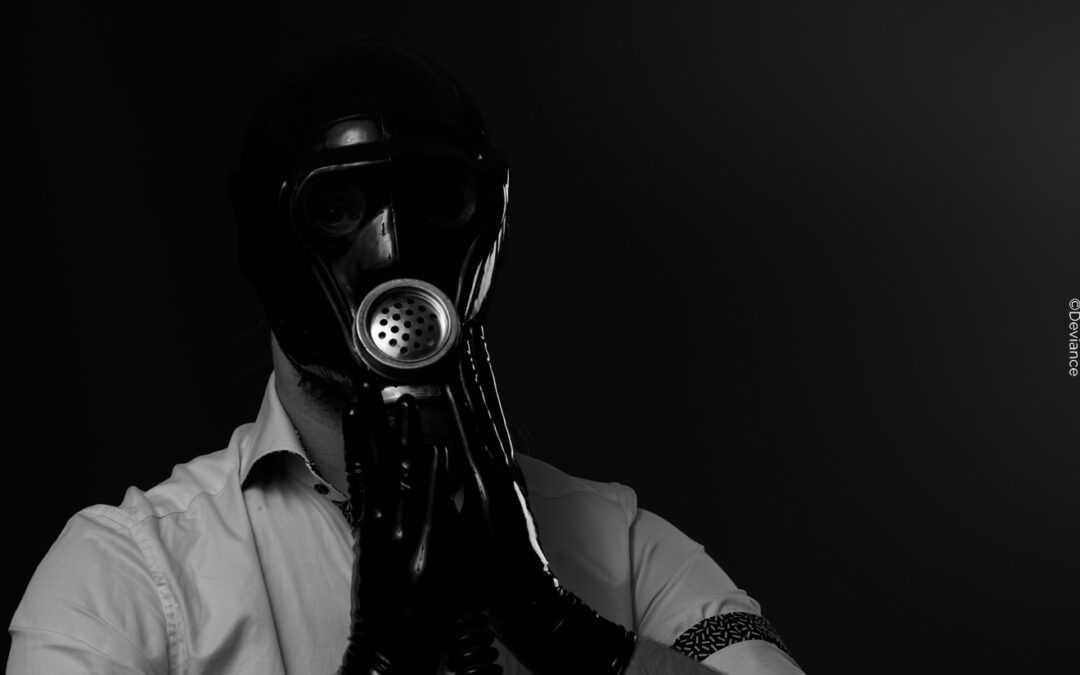BDSM is still widely considered a taboo subject. As is common in many subcultures, BDSM sympathizers also use various symbols to identify themselves to like-minded people in everyday life. But what conclusions can I draw from the various symbols? And what does BDSM have to do with the Celts? In order to avoid inadvertently addressing someone about a supposed BDSM inclination because you misinterpret BDSM symbols, you need to be able to read the signs. Some of them will certainly look familiar.
The triskelion: sign of the trinity
The triskelion – or also triskele – is a symbol with many variations that essentially consists of three shapes arranged evenly around a center and can be found in cultures all over the world. The variant of the sun wheel, which is widespread in Celtic culture, found its way into the BDSM movement by reinterpreting the three spirals as the three areas of interest in BDSM: Tops, Bottoms and Switch. The triskelion is usually worn as jewelry on chains or rings, but can also be found on clothing, as a tattoo or as a bumper sticker.
However, beware: Variations of the spiral or hook-shaped triskele are also used by ethnonationalist organizations. Presenting the triskele in public is either a clear statement of BDSM affiliation, a form of fandom related to the Celts, or something that should be strongly avoided.
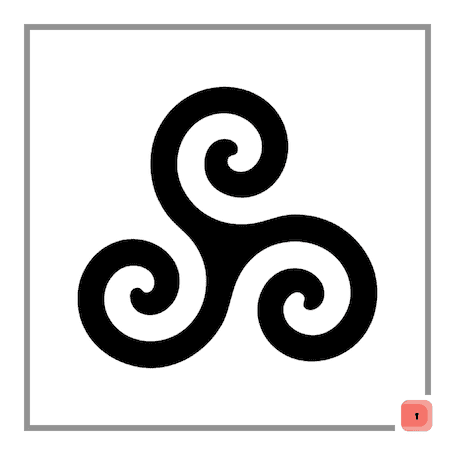
The whip wheel as a BDSM emblem
On the basis of the triskelion, a clearer and still best-known symbol of BDSM was later created: the whip wheel. The three spirals were reinterpreted as whips, stretched a little, inserted into a closed circle and supplemented with three meaningful dots.
The three-part design was created by an anonymous designer with the pseudonym Quagmyr based on the cult novel “Story of O” by Pauline Réage as a discreet insider symbol for BDSM fans. Similar to the triskele, the whip wheel is usually worn as a jewelry symbol. The most common is a kind of signet ring based on the story of the O. However, chain pendants and stud earrings are also becoming increasingly popular.
“(…) a three-spoked wheel inlaid in gold, with each spoke spiraling back upon itself like the solar wheel of the Celts.”Geschichte der O – Pauline Réage
The division into three sections is interpreted differently in the scene. Firstly, as with the reinterpretation of the triskele, the symbol represents the three superordinate BDSM types top, bottom and switch.
In addition, the whip wheel symbolizes the three main areas of BDSM: B and D for bondage and discipline, D and S for dominance and submission and S and M for sadism and masochism.
On the other hand, the tripartite division also stands for the highest values of the BDSM movement: safety, health and mutual consent, better known as the SSC principle.
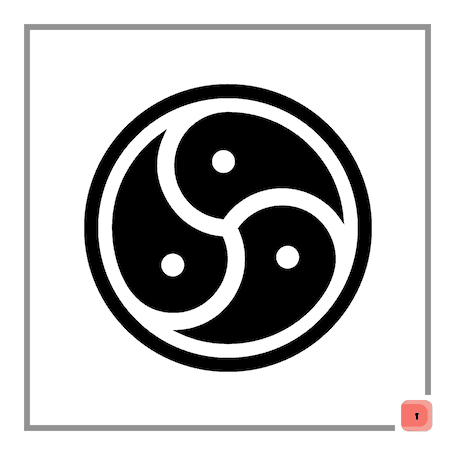
BDSM choker and the difference to the choker
Nowadays also found in the collections of major fashion brands, the collar was once considered a clear distinguishing mark among BDSM devotees. A tight collar was often a gift from a Master or Mistress to the Serf and was intended to indicate ownership.
In the group of collars, a distinction is made between working collars and going-out collars. Working collars are often coarse and solid, made of sturdy material such as leather or stainless steel and fitted with eyelets or a lock to provide many options for strenuous sessions.
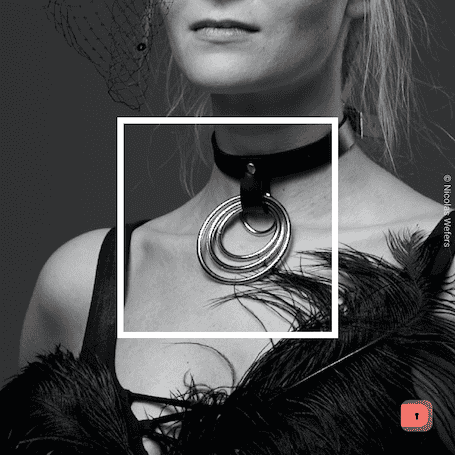
On the other hand, a working collar is rather simple and stylish, made from softer materials or with padding around the edges. Nevertheless, it can be observed that the metal versions are increasingly being worn as collars in public.
Whether it’s a work collar or a going-out collar, both variants are also fitted with a ring to attach a leash. These rings are also known as “O-rings” or “ring of O” in an adaptation of the “history of the O”, whereby the latter mainly refers to a finger ring.
BDSM collars are no longer unique symbols due to the adaptations of chokers in the mainstream. If you come across a velvet choker with a lace hem or a playful plastic choker in public, it is more likely to be a fashion accessory.
Political statement: the Leather Pride flag
Like so many other sub-groups, the BDSM scene also demanded a common flag after a while. On June 25, 1989, artist Tony DeBlase presented the design that is still known today at an “International Mr. Leather” event.
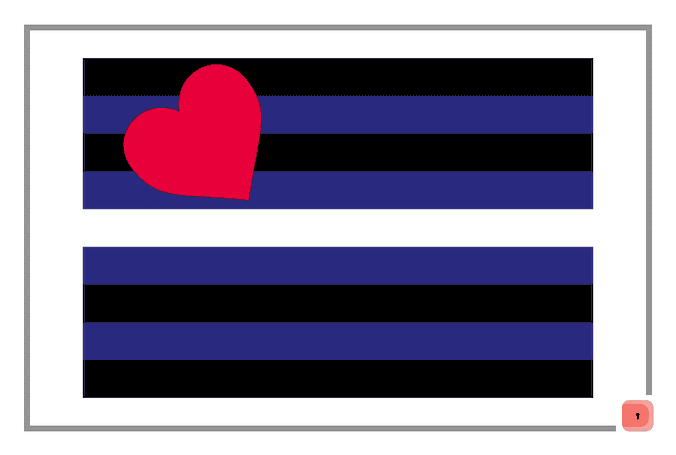
“The flag is composed of nine horizontal stripes of equal width. From the top and from the bottom, the stripes alternate black and royal blue. The central stripe is white. In the upper left quadrant of the flag is a large red heart.”Drummer magazine – Tony DeBlase
Initially, it was mainly the homosexual leather scene that adapted the flag for itself, but in recent years it has also become increasingly popular in BDSM circles of all orientations. The flag can be found as an identifying symbol as a print on clothing and stickers, as a tattoo or as a post on social networks. Of course, it can also be seen at parades such as Folsom Pride or Christopher Street Day. Not yet misappropriated, the flag still clearly stands for latex, leather, kink and co.
Keys as a subtle display of ownership
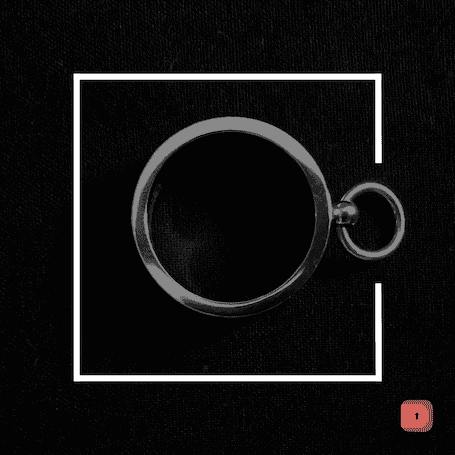
Handcuffs and the corresponding keys can be found in most BDSM lovers’ toy boxes and therefore enjoy great popularity as symbols of the scene. It is not uncommon for miniature handcuffs to be worn on necklaces or bracelets.
However, as this is not exactly subtle, many have switched to wearing the duplicate keys for handcuffs, chain locks, chastity cages or belts as jewelry. For example, as a pendant on a necklace, anklet or bracelet. Of course, a trained eye recognizes this type of key immediately and says a lot about the owner.
Pretty clear: the ring of the O
“In principle, the ring you’re wearing gives me the right to do with you what I will, as it does to all those men who know its meaning.”Geschichte der O – Pauline Réage
Also based on the BDSM novel “Story of the O”, the “Ring of the O” is becoming increasingly popular as a sign of recognition these days. The literary original describes the ring decorated with the triskele or whip wheel. Today, however, a much simpler design from the film adaptation is very popular, which is reminiscent of a collar in its shape: a plain silver-colored ring with a smaller movable ring hanging from it, which is reminiscent of the collar and is therefore an allusion to earlier slave jewelry.
Which hand you wear the ring on also says something about the person in question: On the right hand, you profess to be a submissive bottom, on the left a dominant top. Switchers usually wear the ring on a chain around their neck. However, as the ring is also finding its way into mainstream fashion, its clear meaning is unfortunately becoming increasingly blurred.
